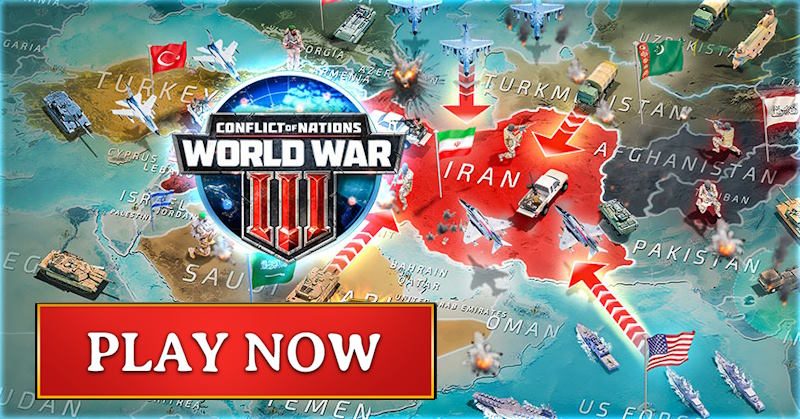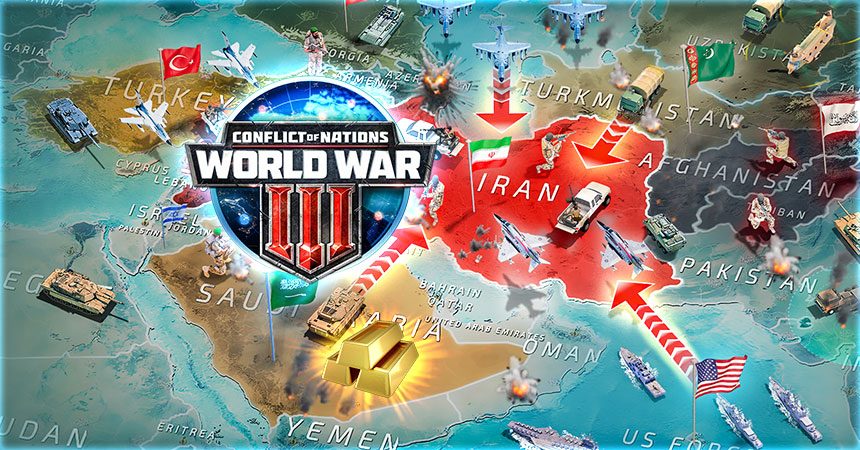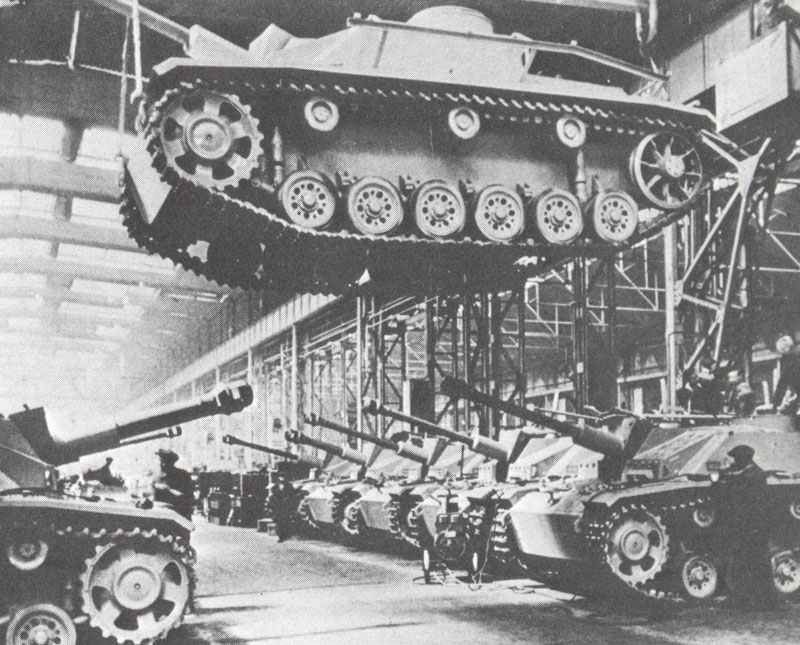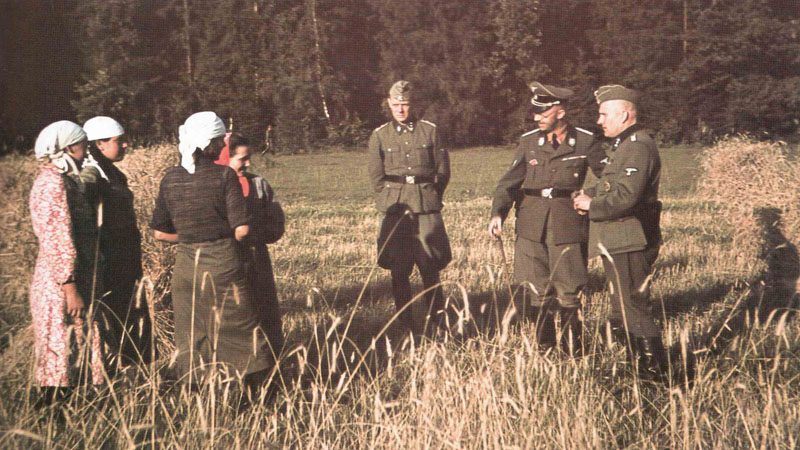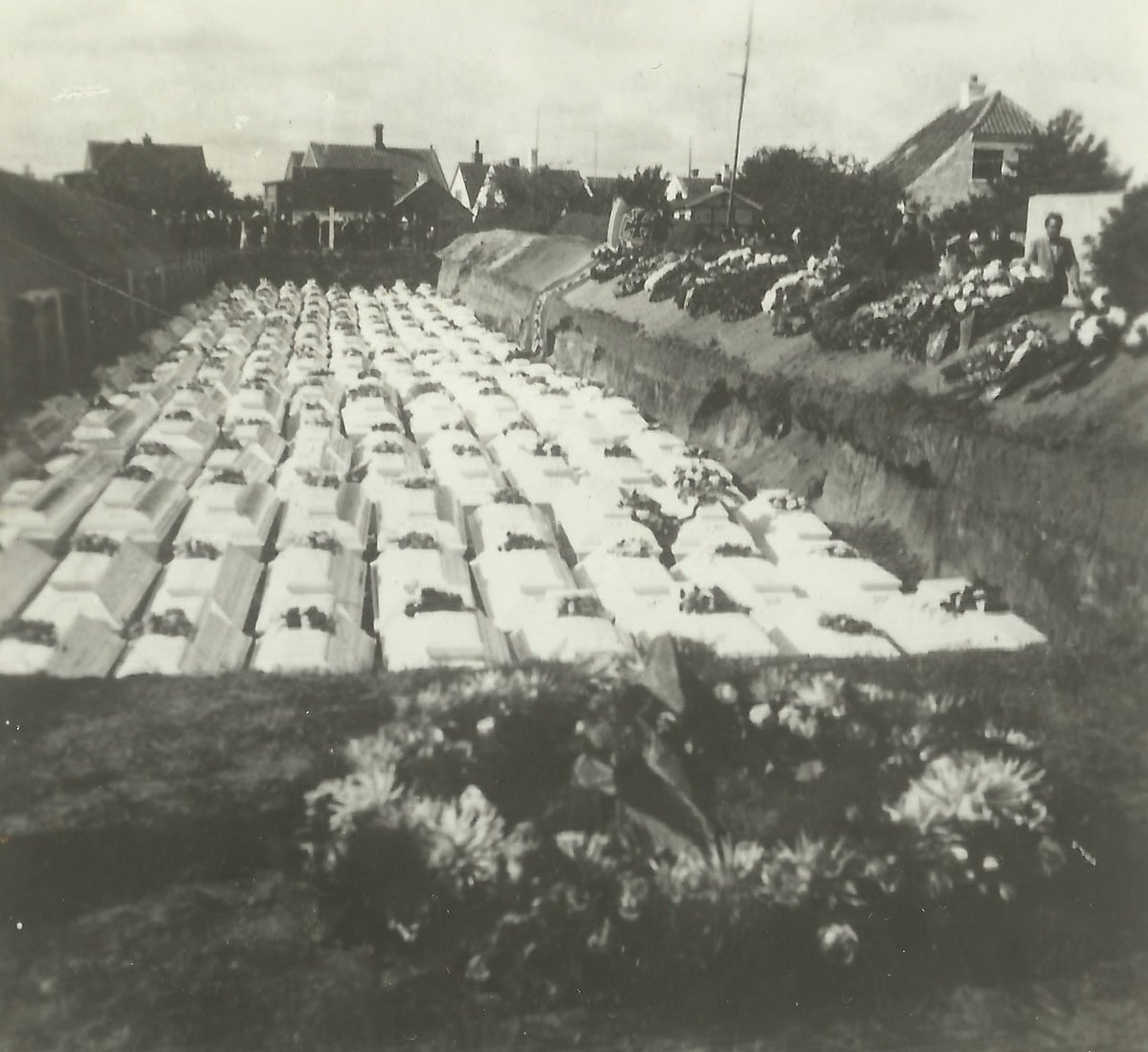The capitulation of Germany in May 1945: the final collapse of Hitler’s Third Reich.
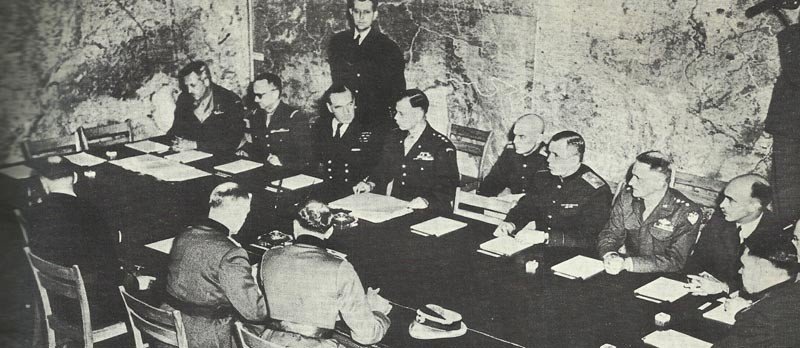
May 7, 1945 marked one of the most significant moments in modern history—the day Nazi Germany surrendered unconditionally to Allied forces in Reims, France. General Alfred Jodl signed the surrender document on behalf of Germany, with representatives from the Allied forces, including a Soviet general and Eisenhower’s Chief of Staff, serving as witnesses. This formal surrender ended World War II in Europe after nearly six years of devastating conflict.
The surrender happened in two stages, with German forces surrendering in the west on May 7 and in the east on May 9, 1945. As news of Germany’s defeat spread across the world, people gathered in streets and town squares to celebrate the end of the Nazi regime. The following day, May 8, became known as Victory in Europe Day (V-E Day) and was celebrated throughout Allied nations.
This moment represented not just a military victory but the collapse of Hitler’s Third Reich and the beginning of a new chapter for Europe. The unconditional surrender sealed Nazi Germany’s total defeat and paved the way for the Allied occupation and eventual reconstruction of Germany. For millions who had suffered under Nazi occupation and tyranny, the May 1945 surrender signaled freedom and the promise of peace after years of unspeakable horrors.
Table of Contents
The Road to Surrender
By early 1945, Nazi Germany faced inevitable defeat as Allied forces closed in from both east and west. The German military, once seemingly unstoppable, found itself retreating on multiple fronts as resources dwindled and territory shrank.
Defeat on the Eastern Front
The Soviet Red Army played a crucial role in Nazi Germany’s downfall. After the devastating Battle of Stalingrad in 1943, Soviet forces steadily pushed westward. By January 1945, the Red Army launched a massive winter offensive that quickly overran German defenses in Eastern Europe.
German troops, already exhausted and undersupplied, could not match the Soviets’ numerical superiority. The Red Army advanced through Poland at an astonishing pace.
By April 1945, Soviet forces encircled Berlin. The battle for the German capital became one of the war’s bloodiest engagements, with desperate German defenders fighting block by block.
Hitler, hiding in his Berlin bunker, refused to accept defeat even as Soviet soldiers reached the city center.
Allied Advances from the West
While the Soviets pushed from the east, Western Allies made significant progress after the D-Day landings in June 1944. American, British, and Canadian forces broke through German defenses in France and Belgium.
The Battle of the Bulge in December 1944 marked Germany’s final offensive attempt. After its failure, Allied armies crossed the Rhine in March 1945, penetrating deep into western Germany.
U.S. and British forces rapidly captured key industrial regions and cities. In northern Germany, British troops advanced toward Hamburg and the Baltic coast.
By late April, Western Allies and Soviet forces met at the Elbe River, effectively cutting Germany in two. German military leadership recognized the hopelessness of their situation, leading to surrender negotiations on May 7, 1945 after Hitlers death.
Actors in Surrender
Several key military and political figures played crucial roles during Nazi Germany’s surrender in May 1945. As the Third Reich collapsed, leadership changed hands and military commanders stepped forward to negotiate terms with Allied forces.
Leadership in Disarray
Adolf Hitler’s suicide on April 30, 1945, created a power vacuum in Nazi Germany. In his political testament, Hitler appointed Grand Admiral Karl Doenitz as his successor rather than other high-ranking Nazi officials. Doenitz assumed the role of Reich President and supreme commander of the armed forces during these final days.
The new leadership faced a desperate situation with Soviet forces advancing through Berlin and Allied armies pushing from the west. Doenitz recognized Germany’s military defeat was inevitable but hoped to surrender to Western Allies rather than the Soviets.
Unlike Hitler’s refusal to acknowledge defeat, Doenitz took a more pragmatic approach. He authorized surrender negotiations while trying to evacuate as many German troops and civilians as possible from eastern territories.
Military Commanders at the Helm
General Alfred Jodl and Field Marshal Wilhelm Keitel became key figures in the actual surrender process. On May 7, 1945, General Jodl signed the unconditional surrender documents at Reims, France, in the presence of Allied representatives.
The Soviet Union, represented by General Georgy Zhukov, insisted on a second surrender ceremony. This took place in Berlin on May 8, where Field Marshal Keitel formally surrendered to Zhukov and British representative Arthur Tedder.
Field Marshal Bernard Montgomery had already accepted the surrender of German forces in northwestern Europe on May 4. This partial surrender covered German troops in Denmark, the Netherlands, and northern Germany.
American General Dwight D. Eisenhower, as Supreme Allied Commander, oversaw the surrender process but delegated the actual ceremony to his deputy, Air Chief Marshal Tedder. Stalin, Churchill, and Truman coordinated Allied policy but weren’t physically present at the surrender ceremonies.
Events Leading to Capitulation
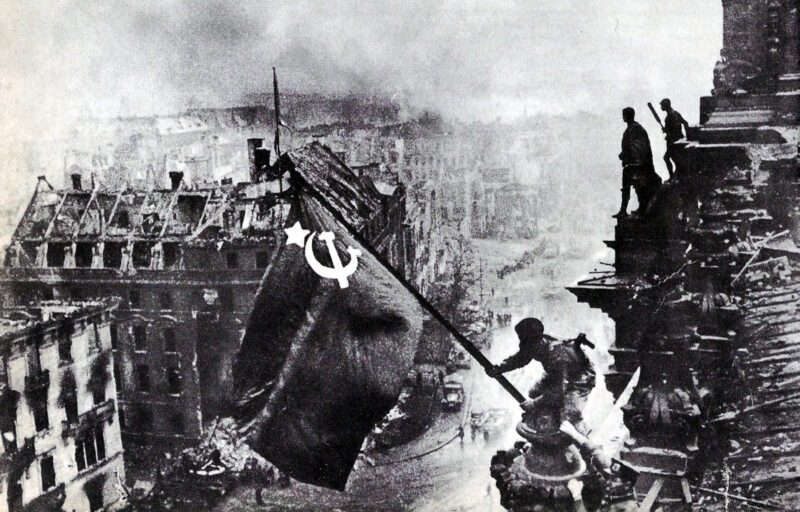
The final collapse of Nazi Germany came through a series of military defeats, territorial losses, and negotiations that occurred in spring 1945. As Allied forces closed in from all directions, German military leaders faced the inevitable end of the Third Reich.
The Fall of Berlin
The Soviet offensive on Berlin began on April 16, 1945, with over 2.5 million troops advancing toward the German capital. Soviet forces surrounded the city by April 25, trapping the remaining German defenders.
Inside Berlin, Hitler retreated to his underground bunker where he would eventually commit suicide on April 30. The city’s defenses crumbled as Soviet forces fought street by street against a mix of regular German soldiers, Hitler Youth, and Volkssturm militia.
On May 2, 1945, Berlin finally fell when General Helmuth Weidling, the German commander of the Berlin Defense Area, surrendered the city to Soviet forces. The iconic image of Soviet soldiers raising their flag over the Reichstag symbolized the defeat of Nazi Germany in its capital.
Surrender of the German troops in Italy
German forces in Italy surrendered on May 2, 1945, several days before the final capitulation of all German forces. The surrender was signed at Caserta, with German General Heinrich von Vietinghoff representing the German forces in Italy and Southwest Austria.
This surrender came after the Allied Spring Offensive in Italy had broken through German defensive lines. The German Army Group C, numbering about 600,000 troops, laid down their weapons following the agreement.
Field Marshal Albert Kesselring had initially opposed surrender, but the deteriorating military situation made resistance futile. The Italian surrender was significant as it freed Allied forces to move northward and prevented a last stand in the Alpine regions that German leaders had previously considered.
Prelude to Negotiations
By late April 1945, Germany’s military situation had become hopeless. The German Navy had been reduced to a fraction of its former strength, with most U-boats unable to operate effectively due to Allied control of the seas.
Admiral Karl Dönitz became the German head of state following Hitler’s suicide. On May 4, 1945, German representatives negotiated the surrender of all German forces in northwest Germany, Denmark, and the Netherlands to Field Marshal Montgomery.
The final surrender negotiations began on May 6 in Reims, France. General Alfred Jodl represented Germany, while General Eisenhower insisted on unconditional surrender on all fronts. The initial surrender document was signed on May 7, 1945, but Stalin insisted on a second ceremony in Berlin on May 8 to satisfy Soviet requirements.
The Surrender Ceremony
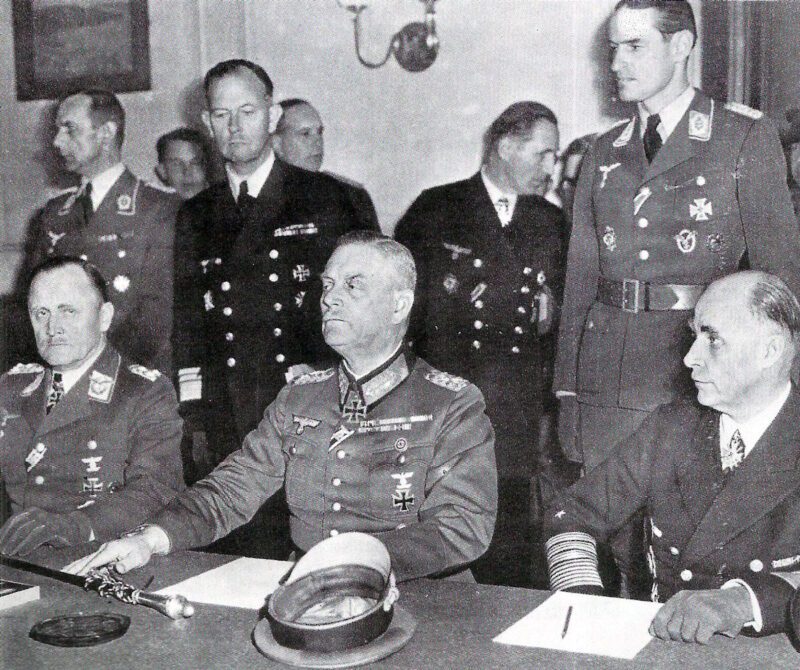
Nazi Germany’s surrender was made official through formal ceremonies. These events marked the end of World War II in Europe and involved representatives from the major Allied powers accepting Germany’s unconditional surrender.
Signing the Instrument of Surrender
The German Instrument of Surrender was the legal document that officially ended Nazi Germany’s participation in World War II. The document required Germany’s unconditional surrender of all its armed forces to the Allies.
On May 7, 1945, German representatives signed the first surrender document at Allied headquarters in Reims, France. General Alfred Jodl signed on behalf of Germany. The Allied representatives included General Walter Bedell Smith for the United States, General Ivan Susloparov for the Soviet Union, and General François Sevez for France.
The document specified that all German forces were to cease operations by 11:01 p.m. on May 8, 1945. This date would later be celebrated as Victory in Europe Day (V-E Day).
The Reims and Berlin Ceremonies
Two separate ceremonies marked Germany’s surrender. The first took place in Reims, France on May 7, 1945. However, Soviet leader Stalin insisted on a second ceremony in Berlin.
The Berlin surrender ceremony occurred on May 8, 1945, in Karlshorst, a suburb of Berlin. Field Marshal Wilhelm Keitel represented the German armed forces. Marshal Georgy Zhukov accepted the surrender for the Soviet Union. Allied representatives also attended.
The Karlshorst ceremony was more formal than the Reims event. It took place in a former German military engineering school. The room was prepared with flags of the Allied nations and a large table for signing the documents.
Aftermath of Surrender
The German surrender in May 1945 marked the end of World War II in Europe but created new challenges and realities. The immediate aftermath saw devastation across the continent, continued fighting in some areas, political transitions, and the seeds of what would become the Cold War division of Europe.
Immediate Impact on Europe
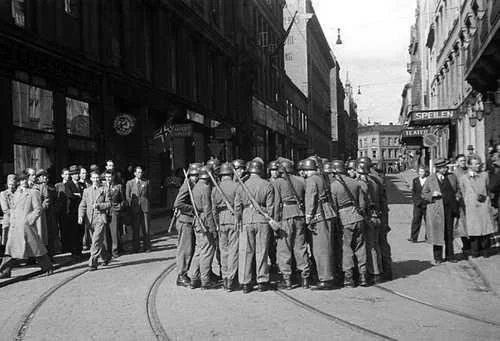
V-E Day (Victory in Europe Day) on May 8, 1945, triggered celebrations across Allied nations. However, the reality on the ground was grim. Europe lay in ruins with millions dead and infrastructure destroyed. Food shortages became critical in Germany, where daily rations dropped to under 1,000 calories in many areas.
The Allied powers quickly established occupation zones in Germany. The United States, Britain, France, and the Soviet Union each controlled different sectors. Berlin, deep within the Soviet zone, was itself divided into four sectors.
Millions of displaced persons began long journeys home. Many had no homes to return to. Refugee camps housed survivors until they could be resettled, a process that took years in some cases.
Fighting after the official German surrender in Europe
Despite the official surrender, pockets of resistance continued. Some German units, particularly in Czechoslovakia, continued fighting against Soviet forces until mid-May. These holdouts either refused to believe Hitler was dead or feared Soviet captivity.
In several Eastern European countries, anti-Soviet partisan groups continued armed resistance. These groups, hoping for Western support that never materialized, fought against Communist control for years after the war’s official end.
Naval warfare also persisted briefly. Some German U-boats refused surrender orders and continued operations until communication finally convinced them the war was truly over.
Arrest of the Dönitz government
After Hitler’s suicide, Admiral Karl Dönitz formed a short-lived government in Flensburg near the Danish border. This administration, which had negotiated Germany’s surrender, was allowed to continue functioning briefly under Allied supervision.
On May 23, 1945, Allied forces arrested Dönitz and his entire cabinet. Soviet Marshal Georgy Zhukov participated in discussions about the arrest timing. The Allied powers had decided that no Nazi-affiliated government would be permitted to continue.
The arrest effectively ended any remaining German sovereignty. The Allied Control Council became the supreme authority in occupied Germany, taking complete control of the defeated nation.
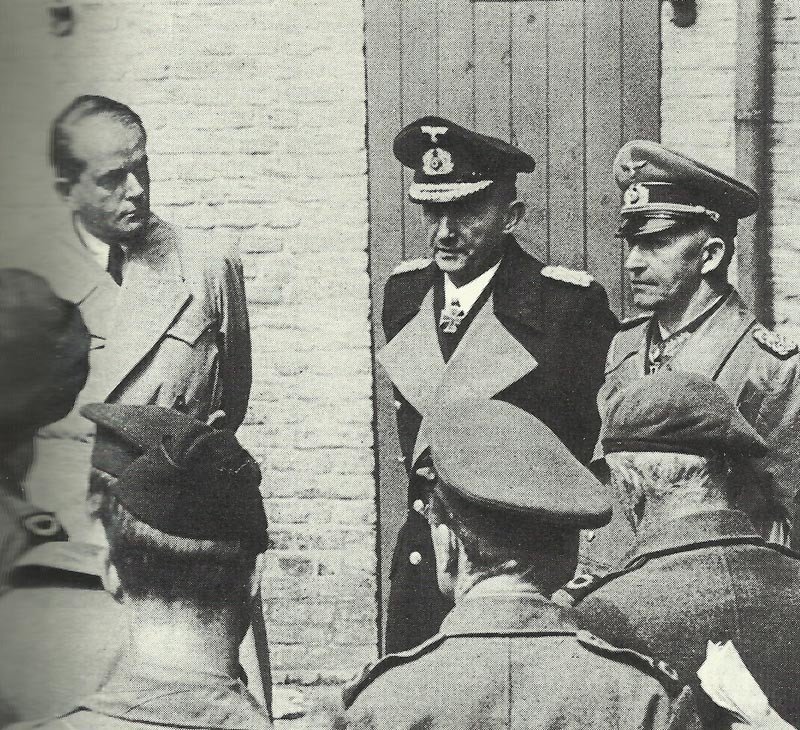
Transition to Peacetime
The Allied powers faced enormous challenges converting from war to peace. Military demobilization began quickly, with millions of soldiers returning to civilian life. War industries needed conversion to peaceful production.
The Nuremberg Trials, beginning in November 1945, brought Nazi leaders to justice for war crimes. These trials established important legal precedents for international law and human rights.
By 1949, Cold War tensions had solidified the division of Germany. The western zones formed the Federal Republic of Germany (West Germany), while the Soviet zone became the German Democratic Republic (East Germany). This division would last until 1990.
Berlin became a symbol of the Cold War divide. The city’s division reflected larger tensions between the democratic West and communist East that would shape European politics for decades.
Reflections and Commemorations
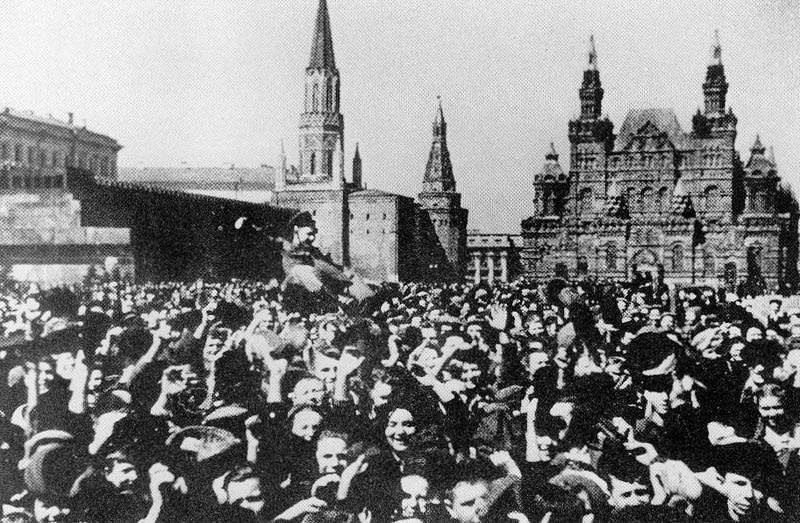
The surrender of Nazi Germany prompted both immediate celebrations and lasting commemorations that continue to this day. These events honor the Allied victory while acknowledging the immense human cost of the conflict.
V-E Day Celebrations
When news of Germany’s surrender spread on May 8, 1945, spontaneous celebrations erupted across Allied nations. This day became known as Victory in Europe Day (V-E Day). In London, massive crowds gathered in Trafalgar Square and outside Buckingham Palace, where King George VI and Winston Churchill appeared on the balcony.
In the United States, Times Square filled with rejoicing citizens. President Harry Truman, who had only been in office for less than a month following Roosevelt’s death, dedicated the victory to his predecessor.
The celebrations marked the end of nearly six years of conflict that had begun in September 1939. While people celebrated, many also remembered the sacrifices made since the war’s start.
Legacy and Remembrance
V-E Day remains an important date of remembrance across Europe and North America. Annual ceremonies honor both military and civilian sacrifices during the war. May 8th is a public holiday in France and several other European countries.
Russia and former Soviet states commemorate Victory Day on May 9th, reflecting when the news reached Moscow. Their celebrations emphasize the tremendous sacrifices made by Soviet citizens.
These commemorations serve multiple purposes: honoring veterans, remembering victims, and reinforcing commitment to peace and justice. They also remind us how Allied unity overcame tyranny.
Germany approaches this date differently, focusing on reflection rather than celebration. The German nation has worked to confront its Nazi past while building a democratic future.
Frequently Asked Questions
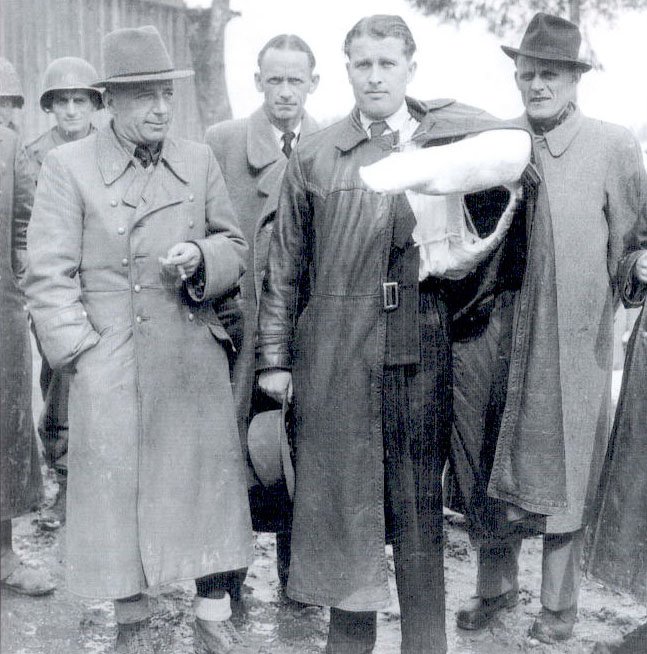
The surrender of Nazi Germany in 1945 involved specific people, documents, and circumstances that formally ended the European theater of World War II. These key details help us understand how this pivotal historical moment unfolded.
Who were the signatories of Germany’s surrender in 1945?
General Alfred Jodl signed the surrender document on behalf of Germany on May 7, 1945, in Reims, France. This initial surrender was received by Allied representatives.
On the Allied side, General Eisenhower’s Chief of Staff signed the document, along with a Soviet general who was present as a witness.
A second surrender ceremony took place with additional German military leaders to satisfy Soviet requirements for a formal surrender on their terms.
What is the German Instrument of Surrender and what did it signify?
The German Instrument of Surrender was the legal document that formalized Nazi Germany’s unconditional surrender to Allied forces. It officially ended World War II in Europe.
The document required the complete cessation of all military operations by German forces. It represented Germany’s total military defeat and acceptance of Allied terms without conditions.
The surrender came into effect on May 8, 1945, which became known as Victory in Europe Day (VE Day) in Western countries.
What events led to the capitulation of Nazi Germany in May 1945?
By early 1945, Germany faced overwhelming Allied advances from both east and west. Soviet forces had reached Berlin, while American and British troops pushed across western Germany.
Hitler committed suicide on April 30, 1945, leaving Karl Dönitz as his successor. With Berlin surrounded and German forces in disarray, the new leadership recognized the impossibility of continuing the war.
Military defeats, destruction of infrastructure, and depleted resources made Germany’s position untenable, forcing them to accept unconditional surrender.
How did the surrender of Nazi Germany affect the conclusion of World War 2 in Europe?
The German surrender on May 7-8, 1945, officially ended the European theater of World War II. Celebrations erupted across Allied nations as news of the surrender spread.
This allowed Allied forces to focus entirely on the Pacific theater, where fighting against Japan continued. Resources and military personnel could be redirected toward the final phase of the war.
The surrender marked the end of nearly six years of devastating conflict in Europe that had claimed millions of lives.
What were the immediate consequences for Germany following the surrender?
Germany was immediately placed under Allied military occupation, divided into four zones controlled by American, British, French, and Soviet forces. All remaining German military units were disarmed and disbanded.
The Nazi Party was outlawed, and efforts to denazify German society began. War criminals were arrested to face prosecution at the Nuremberg Trials.
Were there any military engagements involving German forces following their official surrender?
Some isolated German units continued fighting briefly after the official surrender, either due to communication delays or refusal to accept defeat. These pockets of resistance were quickly subdued.
In the east, some German forces continued fighting Soviet troops while attempting to surrender to Western Allies instead, hoping for better treatment.
German U-boats at sea required additional time to receive and comply with surrender orders, leading to a small number of naval actions in the days following the official capitulation.
References and literature
Das Deutsche Reich und der Zweite Weltkrieg (10 Bände, Zentrum für Militärgeschichte)
Der 2. Weltkrieg (C. Bertelsmann Verlag)
Zweiter Weltkrieg in Bildern (Mathias Färber)
Illustrierte Geschichte des Dritte Reiches (Kurt Zentner)
Unser Jahrhundert im Bild (Bertelsmann Lesering)
A World at Arms – A Global History of World War II (Gerhard L. Weinberg)


